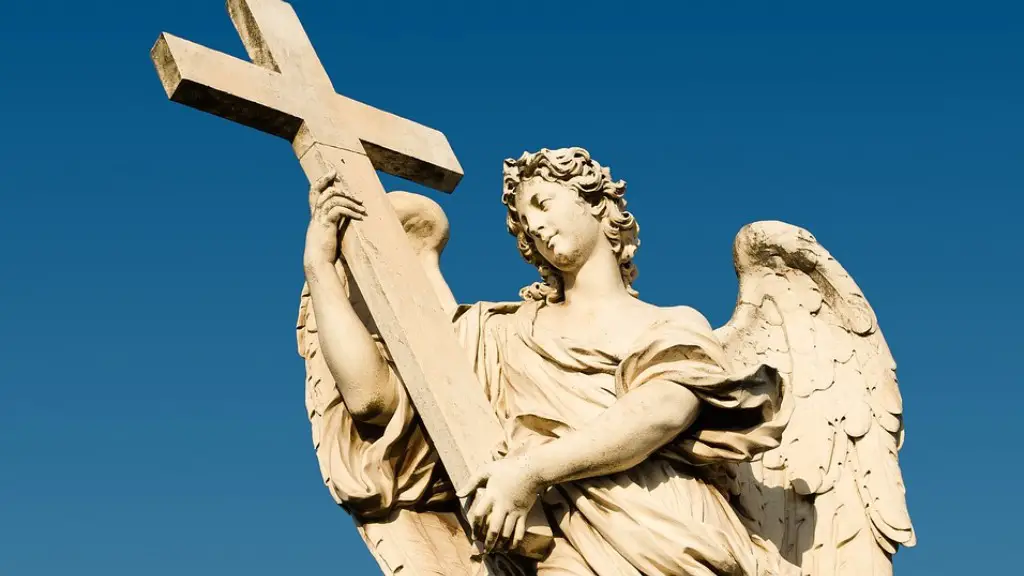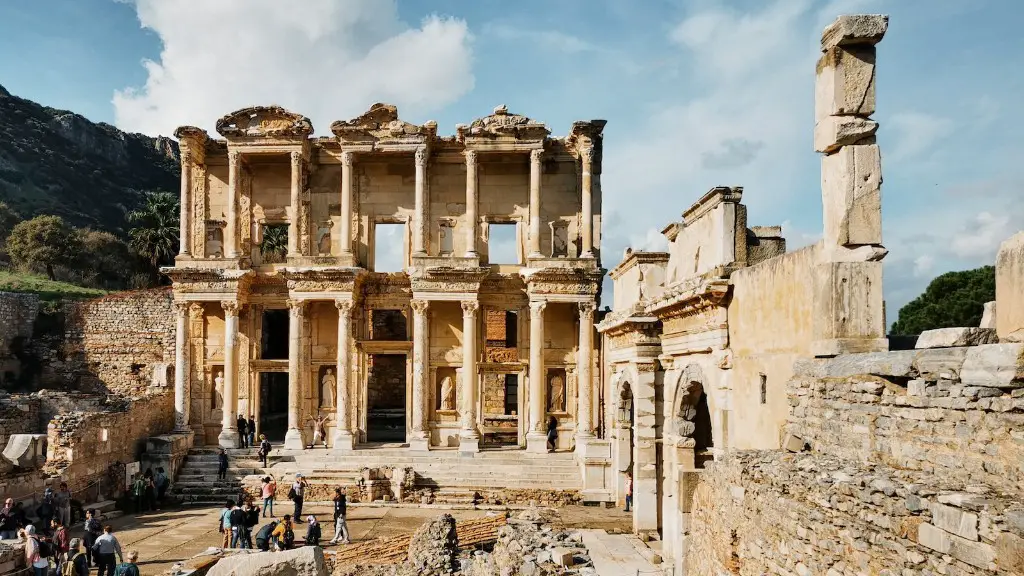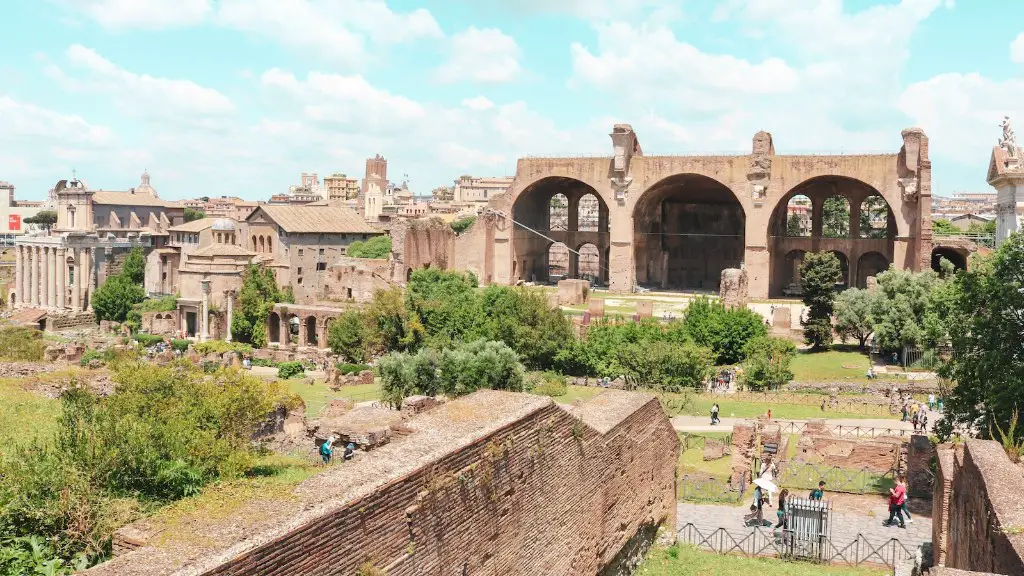Building the Structures
Between the years 753 to 476 BCE, the Roman Empire’s structure was held in place by an all-encompassing network—the network of public baths (thermae). While these baths had considerable variations throughout time, they were consistently places of social significance, communal activities, and ritualized cleansing. From the wealthy to the servants, public baths provided a framework for anyone to come together and engage in a relaxed and social atmosphere.
Roman baths (balneae) were understood as large complexes with multiple purposes, including sporting events, markets, services, and entertainment. But, the primary purpose of these public baths was for cleansing. Most baths would provide the staff, patrons, and visitors the opportunity to bathe, groom and socialize.
Materials and Technology Used
In order to guarantee the success of bathing rituals, technology and materials had to be acquired from all over the world. Located in the middle of Europe, Rome had access to a wide variety of resources such as timber, marble, travertine, and basalt. In addition to materials, technology also played a big part in achieving a pleasant bathing experience. The Romans developed things like aqueducts, pools, caldariums, tepidariums, and frigidariums; they provided a comforting environment which was greatly appreciated by the people.
The public baths would gather huge amounts of energy to power their infrastructure. For example, wood and coal were used as a source of warmth. Water would be supplied through the aqueducts and would be heated with the use of caldariums and hot air circulations. The tepidarium and frigidarium would give patrons the chance to have a warm or cold alternating bath.
Communal Activities in the Roman Public Baths
The baths were the ideal places for people to gather. In some cases, people would pay to get in and then use the services for however long they desired. As for the wealthier individuals, they had the freedom to spend as much time as they pleased with the pleasure of luxury. Generally, men and women bathed separately, as was part of Roman tradition.
Since the public baths were not just places of bathing, one could take part in a variety of activities. Swimming, wrestling and ball games were some common activities that one could find in the baths, while the wealthier members of the public might find board games, medicine, and oil massage services. Gymnasiums were also often attached to the baths, providing people with the option to exercise and lift weights.
PublicBaths and Religion
Moreover, religion was also often present in the public baths. Being a deeply spiritualised time, religion laid the foundation of a prosperous Roman society, and rituals often took place in the public baths. For instance, when entering the baths, clients would be asked to stand in front of a special statue of the goddess of health, Apona, and make a brief offering.
Once inside, patrons could also partake in practices, such as the invoking of the gods Salus and Aesculapius. Finally, after exiting the baths, there was the cult of Mithras, which had its own temple. People were enticed to join, mainly due to its philosophy of immortality and everlasting life.
Social Hierarchy and Clubs in the Balneae
The public baths often served as an egalitarian realm, where anyone was welcome. However, social hierarchy still applied, and the luxuries of the wealthier class were fully accessible. There was a clear distinction between those who could afford a private room, and those who had to settle with a communal one.
Although the public baths were not exclusive, private clubs sprung up over time. These clubs often served as an informal place to meet, as well as providing couches, furniture and suites. Privacy and exclusivity was not a problem, as the clubs ensured that members could have a more comfortable bathing experience.
A Summary of Services Offered
To sum up, the services which were usually offered at the public baths in ancient Rome were bathing, swimming, exercising, oil massage, board games, wrestling, ball games, spiritual rituals, and clubs for the wealthier patrons. All these activities helped to keep the Roman population socially active, thus strengthening the Roman Republic and ultimately, the Empire.
The Significance of the Public Baths in Rome
The public baths played a significant role in the daily lives of the ancient Romans, as it provided a sense of balance, comfort, and leisure. Although throughout time, bathing was used for practical applications such as hygiene, the public baths provided a spiritual and communal experience which the people of Rome craved and enjoyed.
The public baths extended beyond the realms of hygiene and entertainment, and tapped into something much more profound. They represented a space in which people could come together, to create ties and social relationships, and to relax in a comforting and enjoyable atmosphere.
The Enduring Legacy of the Balneae
The legacy of the Roman public baths has lived on for centuries, to the present day. Although the Roman Republic is long gone, one can trace its impact in many public spaces throughout the modern world, such as parks and common areas.
The public baths symbolised the culture of ancient Rome, and they served as a testament to its far-reaching power and influence. They provided a platform for its citizens to come together in an open and social setting, to create a sense of togetherness and solidarity. The public baths represented something more than just practicality and hygiene, the Roman public baths still remain as a reminder of the grandeur of the Roman Empire.
Architectural Design of the Balneae
The architectural design of the public baths encompassed much of Rome’s cultural identity. As the baths grew in popularity and importance, the architecture had to keep up. This was reflected in the intricate designs of the baths, with its grand domed ceilings, decorative mosaics, and plush fabrics.
Even in its basic design, the baths were built with the idea of comfort in mind. The ancients were aware that the experience of a cleansing bath should not be one of discomfort, and so the interiors would be created to suit the needs of the people. With the establishment of the stoa, courts, and other amenities, the baths became a place of safety, relaxation, and convenience.
The Rituals and Practices of the Roman Balneae
Rituals and practices were a cornerstone of any public bath during the Roman period, and it was not uncommon to find guests and staff dedicating time to worship and invocations. Religions such as Mithraism, the cult of Apollo, and the cult of Janus flourished in the baths, with patrons and priests coming together to partake in ritualistic sacrifices.
These practices served as a reminder of the spiritual nature of the public baths. They provided the Romans with an opportunity to strengthen the bond between the citizens and the gods, as well as with one another. The baths were a sacred space, where people could come together and form a communal understanding of religion, and religion as an expression of unity and community.
The Impact of Roman PublicBaths on Society
Despite the transition from Republican to Imperial Rome, the public baths were able to maintain their significance and relevance. The baths provided a safe and comfortable environment for the people of Rome, and for the elites it was especially important, as it provided a space for them to express their wealth and power.
The impact that the public baths had on Roman society cannot be overstated. They served as an integral part of society, as they provided a platform for people to relax and interact in peace. They also provided an avenue for citizens to explore their spiritual side, and to be open to new ideas and forms of expression.
Overall, the public baths of Rome served an important role during its height. Often seen as an integral part of Roman life, the public baths will always be remembered for the sense of harmony and comfort they provided to its people.


